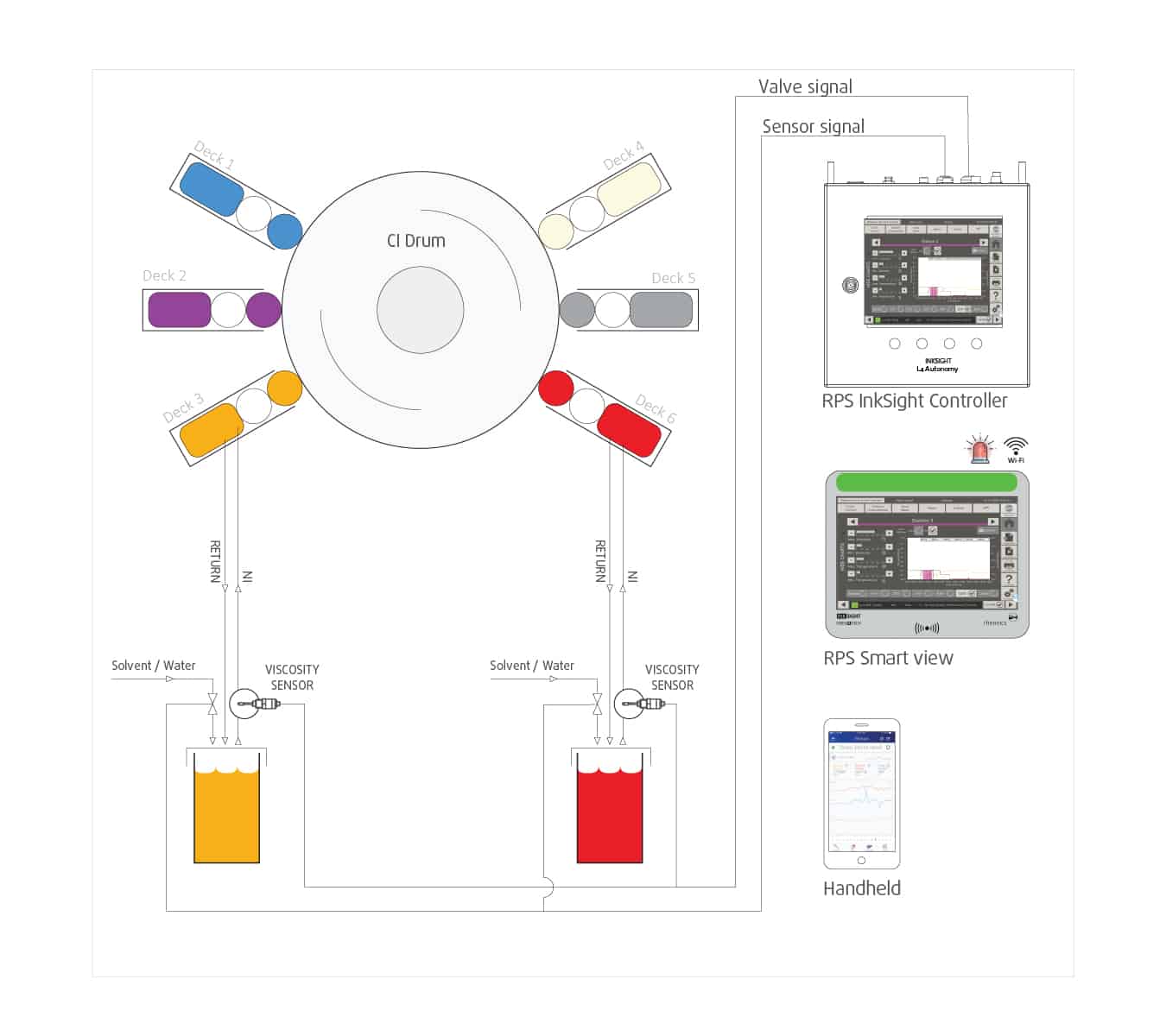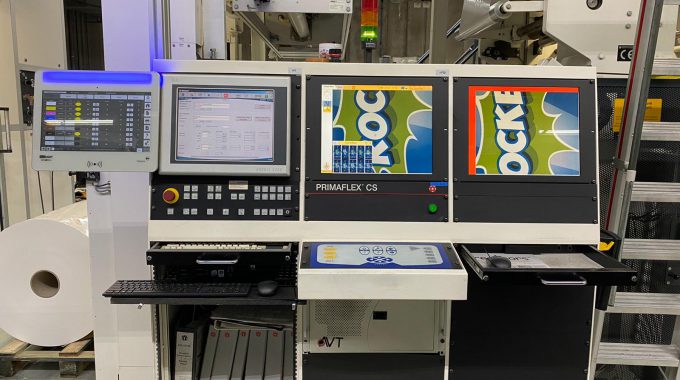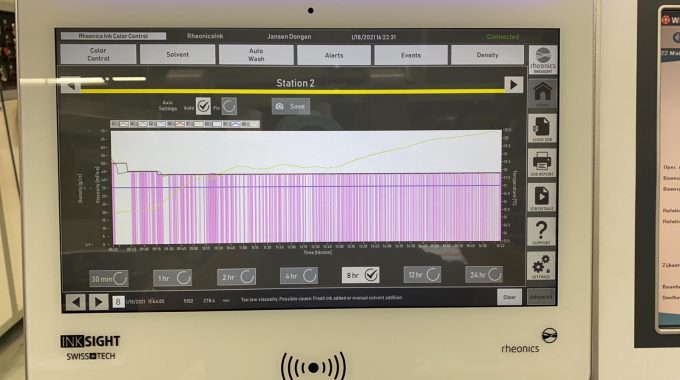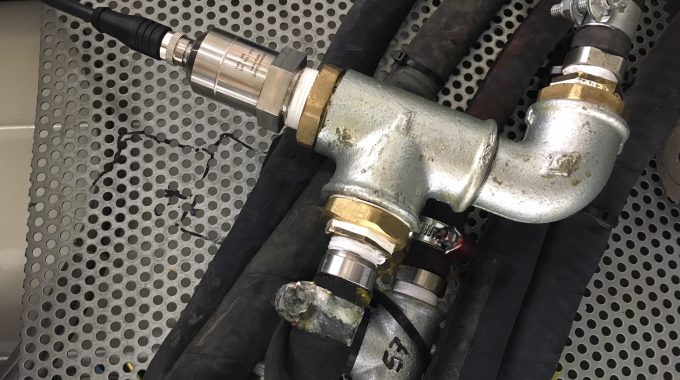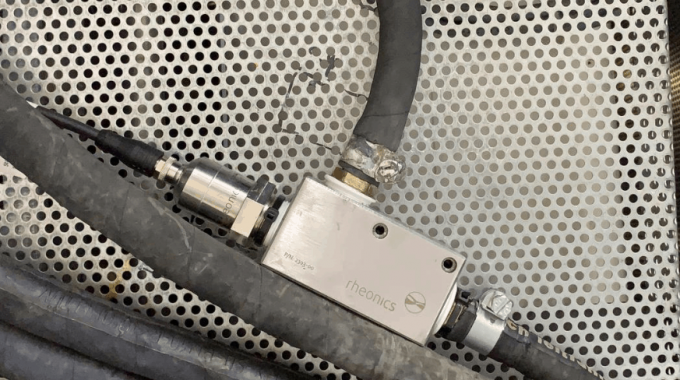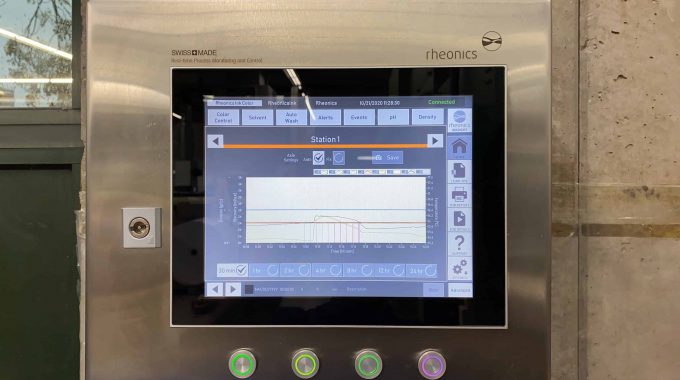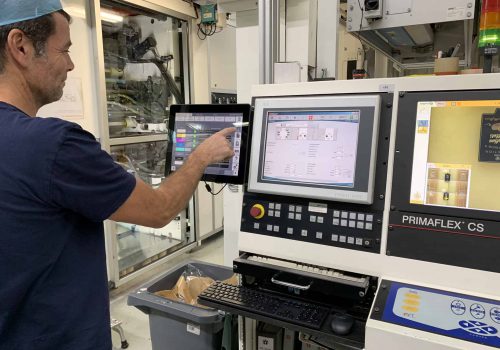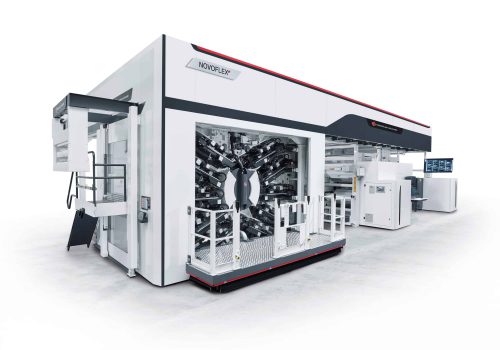
Rheonics RPS InkSight poised to achieve flexographic printing industry’s top goals in next 5-10 years
Flexographic printing - The printing technology of the future
Flexographic printing has a number of advantages over traditional printing presses. It has a faster startup time and can print using a wide variety of ink on almost any substrate – plastics, metallic films, cellophane, paper, and even on corrugated surfaces. In the last 20 years, the flexographic printing process has experienced a rapid technological evolution and today it is one of the most popular printing technologies within the packaging and flexible packaging industries with lots of possible future developments.
As per a report from Smithers, it is expected that the global value of flexographic printing will rise from $167.7 billion in 2020 to $181.1 billion in 2025, with a compound annual growth rate (CAGR) of 1.6% at constant prices, driven by package and label printing as well as sanitary/kitchenware. The fastest growing regional markets will be Asia and Eastern Europe. Quality, versatility, affordability, rapid printing speeds, faster changeovers and connectivity compatibility are some of the reasons why flexographic printing is still the technology of the future.
NOVOFLEX II by Windmöller & Hölscher is a next generation flexo press. Video Source: Windmöller & Hölscher | https://www.wh.group/int/en/our_products/printing/flexo_printing_presses/novoflex_ii/
Key expected trends in flexo printing industry
- Steady, constant market growth is expected. Flexographic printing is a constantly growing market and is expected to rise at a CAGR of around 1.6% at constant prices as per research by Smithers.
- Main market growth driver: Dynamic packaging print sector. In the coming 5-10 years, majority of growth is expected from the dynamic packaging print sector, where new automation and hybrid press lines are giving flexographers more flexibility and possibility to explore higher-value print applications.
- Most cost effective for mid– to long-runs. Though flexo remains most cost-effective print process for mid- to long-runs, continuous developments in digital printing will increase market pressures on flexo to address changing consumer demands.
- Automation and improvements in CtP and digitalization adoption for profitability. To respond to changing consumer demands, particularly for more short-run work, the flexo printers will need to increase automation of their presses, make improvements in computer to plate (CtP) processing and use digital workflows.
- Sustainability focus of flexographers. The adoption of more sustainable printing solutions, led by water-based ink sets, and LED UV curing is expected, in order to minimize environmental damage.
Goals of flexo-printing companies over the next 5-10 years
Keeping in mind the expected industry trends, the following would be the goals of flexographers over the next few years:
- Higher print speeds and increased throughput: Shorter time to finish a job and to shorten job times. Ability to complete more jobs.
- Highest print product quality: Achieving color accuracy reliably, repeatably, and complying with brand owners’ changing quality expectations.
- Higher profitability: Using technology and data to optimize scale, volumes, quality and product differentiation. Increasing the lifetime of expensive printing machines using data.
- Sustainability: Reduced wastage and setup scrap; improve savings in solvent and ink consumption
- Compliance: Meet increasingly stringent environmental norms in terms of solvent consumption, CIP requirements, emissions as well as operators’ safety.
- Embrace, adopt and reap benefits of Industry 4.0 & Digitalization: Maximize utility of acquired printing process data combined with full traceability and information transparency.
What is Rheonics Printing Solution RPS InkSight?
RPS InkSight
- is a highly accurate Multi-station ink viscosity control system.
- It consists of three subsystems, a viscosity sensor, a predictive tracking controller, and a powerful, intuitive graphical interface.
- It delivers color excellence through tight viscosity control.
Real-time ink viscosity control is achieved by viscosity sensors & correction valves on each print deck. Ink viscosity is controlled so accurately that it ensures highly consistent color density over complete print.
Why is viscosity optimization and control important in printing?
Viscosity is a very important parameter in the final print quality:
- If the viscosity is incorrect, the flow behavior and ink layer thickness will vary, leading to deterioration of print and color quality
- Poorly adjusted ink viscosity causes excessive ink and solvent consumption and drives up costs
- Optimizing ink viscosity is time-consuming, even for experienced press operators
- Viscosity automation and predictive tracking control reduces waste and improves efficiency
How does the RPS InkSight help operators reach their goals?
| S/N | Future & Present Goals of Flexo Printers | How does the RPS InkSight help reach those goals? |
|---|---|---|
| 1 | Higher Printing Speeds and increased throughput | • Reduces setup time – operators can re-run a previously loaded job using the ‘Save job’ and ‘Load job’ functionality • Autonomous viscosity control means no delay between viscosity measurement and corrective action |
| 2 | Accurate print quality control | • Tight viscosity control gives tight color control. RPS InkSight allows operators to bring viscosity control up to the standards of today’s highly automated press controls • Temperature compensation of viscosity puts the focus on correct pigment loading of ink regardless of seasonal or daily temperature variations • Compensation for evaporation: tight control and ‘fine resolution’ of solvent addition in small steps means less variation in print quality during a run |
| 3 | Higher Profitability | • Savings in solvent and ink consumption (also record keeping of solvent consumption) due to frequent measurement and precise solvent dosing • Reduced setup time means higher press utilization • Precise color control reduces waste and rejects, leading to higher margins • Increased color precision and uniformity enables operators to confidently take on more-demanding, higher value jobs with larger profit margins |
| 4 | Sustainability | • Reduced wastage and setup scrap lead to lower environmental impact • Precise, targeted solvent dosing • Ability of the SRV viscometers to work reliably and repeatably at low viscosities, enabling a smooth transition from solvent- to water-based inks for more environmentally sustainable operations |
| 5 | Compliance | • Accurate dosing of solvents ensures minimal, precise amounts of solvents are consumed, leading to reduced emissions • Less scrap, waste and rejects to dispose of |
| 6 | Embrace, adopt and reap benefits of Industry 4.0 and Digitalization | • Brings automatic viscosity control up to the standards of today’s and future highly automated presses • Enables higher degree of integration of press instrumentation. Tight, frequent, autonomous viscosity control produces synergy with other automation features, such as online spectrophotometric analysis. Paves the way toward tighter integration of systems in tomorrow’s flexo machines |
Some images of the RPS InkSight system
- Rheonics SmartView console integrated in printing machines
- Some pictures showing the SRV viscometers inline installation inside the press
- Standalone control cabinet
Related Articles
Viscosity Standardization in Flexographic Printing
In the history of our company we have applied every type of viscosity sensor: rotational, falling ball, falling piston and acoustic wave. The similarity between these sensors is that they are all calibrated with a cup, in our case the DIN cup with a 4 mm outlet. In itself this worked well and due to lack of a better alternative…
Optimizing flexographic, gravure and corrugated printing applications through inline viscosity monitoring and control
Printing presses have numerous applications – newspapers, magazines, catalogues, packaging and labels. The global printing industry is forecast to reach $980 billion by 2018 according to market research firm Smithers Pira. The rapid growth is expected to be driven mainly by the growth in packaging and labels – analog printing for packaging is expected to grow by about 28% and…
All Rheonics products are designed to withstand harshest process environments, high temperature, high level of shock, vibrations, abrasives & chemicals.

